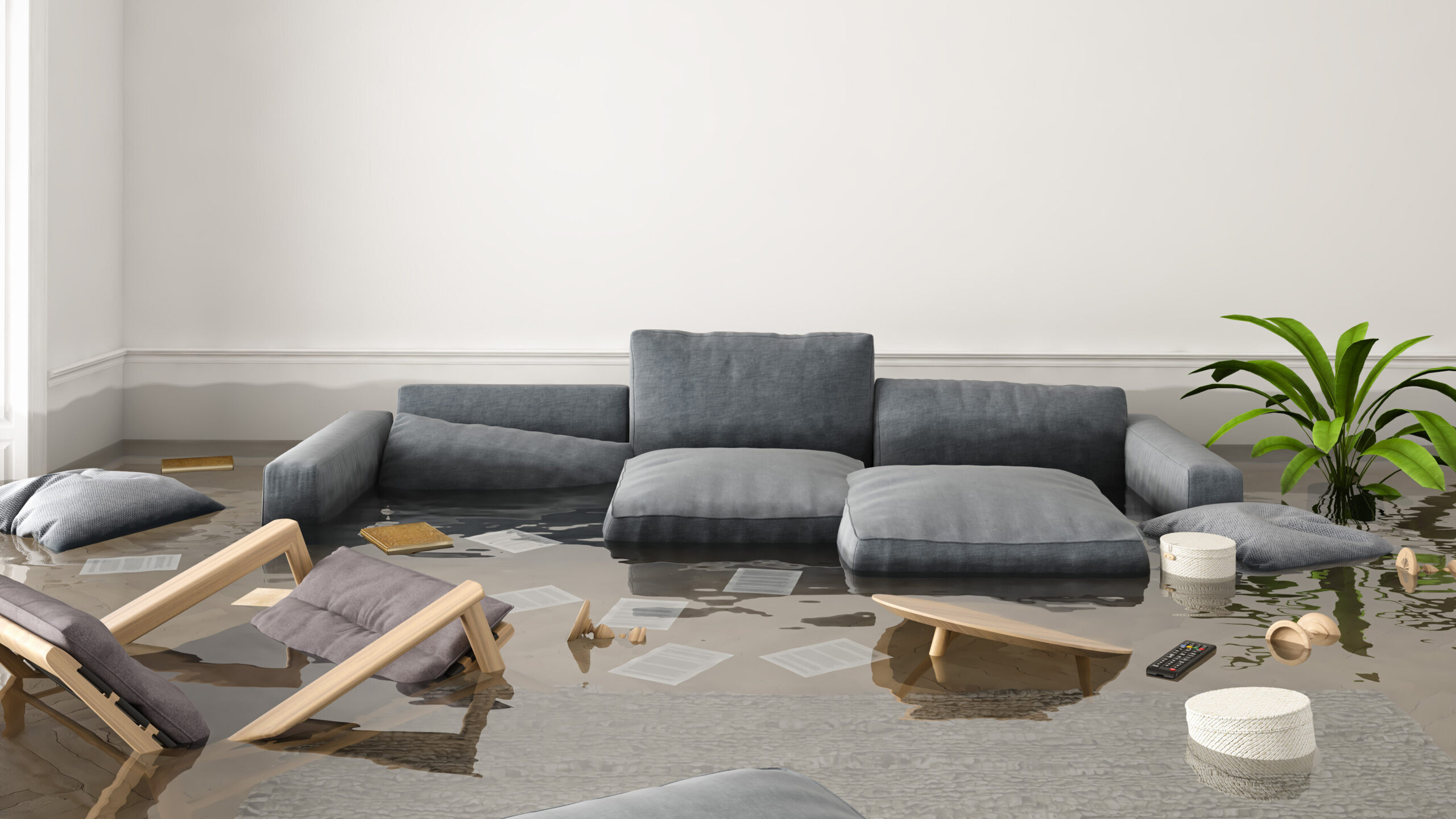
Flooding is the most common natural disaster in the United States. When spring thunderstorms occur, many areas can also experience flooding. Flash floods can develop quickly and with no warning. This can cause outages, disrupt transportation, and damage buildings.
BEFORE A FLOOD
- Protect your property from floodwaters and purchase flood insurance.
- Plan for sheltering where you are and possibly for evacuation.
- Evacuate if advised.
- Seek higher ground in the case of flash floods or stay on high ground.
- Know how to avoid injury from debris, contaminated water, carbon monoxide poisoning, electrocution, and damaged buildings and infrastructure.
AFTER A FLOOD
- Determine your best protection based on the type of flooding.
- Move to a higher floor.
- Depth and velocity are not always apparent. The ground or road may suddenly wash away, and hidden dangers may exist. Do not attempt to evacuate through flood waters.
- Do not walk, swim, or drive through flood waters.
- Stay off bridges over fast-moving water.
- Communicate with law enforcement or other safety professionals before returning to a flooded area.
STAY SAFE WHEN A THUNDERSTORM ARRIVES
Follow these tips when a thunderstorm moves through your area:
- When thunder roars, go indoors. A sturdy building is the safest place to be during a thunderstorm.
- Pay attention to weather reports and warnings of thunderstorms. Be ready to change plans, if necessary, to be near shelter.
- If indoors, avoid running water or using landline phones. Electricity can travel through plumbing and phone lines.
- Protect your property. Unplug appliances and other electric devices.
- If boating or swimming, get to land and find a sturdy, grounded shelter or vehicle immediately.
- Take shelter in a car with a metal top and sides if necessary. Do not touch anything metal.
- Avoid flooded roadways. Turn around and take a different route. Just 6 inches of fast-moving water can knock you down, and 1 foot of moving water can sweep your vehicle away.
After the storm, listen to authorities and weather forecasts for information on whether it is safe to go outside and instructions regarding potential flash flooding. Watch for fallen trees. Report fallen power lines immediately.



